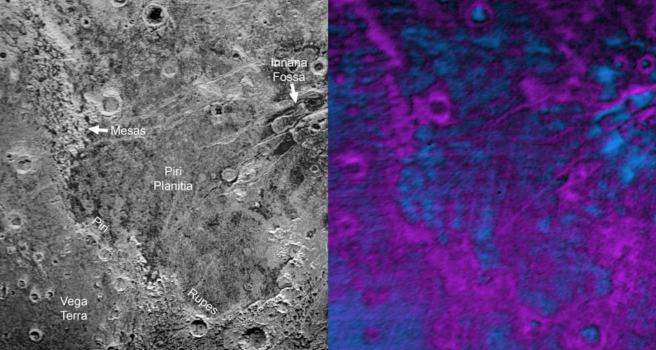There’s a spectacular light show every year at the Opryland Hotel in Nashville, Tennessee. The grand venue boasts thousands and thousands of lights each year around Christmas. Yet, you don’t have to find a $30 parking spot at a debatably overrated hotel to see a grand, sparkling event.
In fact, there’s a place giving light shows as often as several times a day (or in slow periods, a couple times a week).To see it, you can be anywhere in the world – all you have to do is look up.
The Sun is essentially a collection of boiling, rolling matter. Its surface can reach temperatures anywhere around 6000 degrees, though its core is much hotter. Additionally, just like Earth, it also has a magnetic field. We see phenomena, called “solar flares” occur in what look like patterns along these magnetic lines.

In the photo above, you can see the Sun’s matter flowing in an arc-like shape outward from its surface, or corona. The shape seems to follow the lines of a magnetic arc. The sheer mass of energy is spectacular, and it sends these “flares,” or brief shoots of matter, out above the corona until it falls back to the surface. The seemingly tiny outbursts – that can occur several times per day – each require 160 billion megatons of TNT. That amount of fuel seems unreal and attests to the star’s sheer size. I can’t imagine what 160 billion tons of TNT looks like, much less 160 billion megatons.
We get it.
The Sun has power it sometimes decides to spare. But all that energy has to go somewhere, and solar particles are often thrust into space during these spectacular shows. Particles like protons and x-rays are often swung off these flailing arms of the Sun; however, Earth’s atmosphere is much too thick for x-rays to pass through and harm our bodies. Even still, these bursts of energy can interact with and disrupt our communication devices (including orbiting satellites) here on/around Earth.
The Sun likes to show off, and with all that energy and its beautifully boiling rivers, it certainly has merit in doing so. Yet, as with life on Earth, too much arrogance can cause damage. The Sun hasn’t let us down yet.
Feature image credit:http://www.cprigging.com/portfolio/gaylord-opryland/








